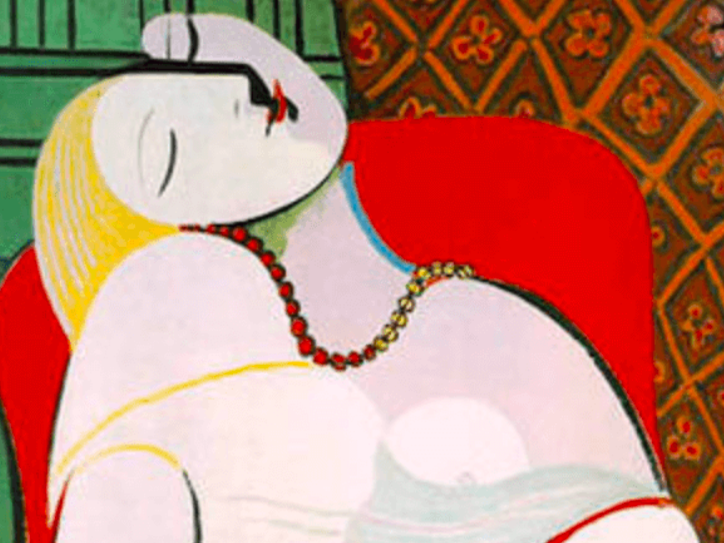Dreams, Telepathy and The Grateful Dead
with Micky Hart & Stanley Krippner
In "Dreams, Telepathy and the Grateful Dead" we offer a moment of parapsychological history with a video clip featuring consciousness pioneer Stanley Krippner Ph.D. meeting up with his old friend Mickey Hart, Grateful Dead musician. In this video, Krippner and Hart reminisce about a dream telepathy experiment at a Grateful Dead concert decades ago. Hart also describes another experiment that altered his perception of time and influenced the Dead's music. Mickey shares this:
"These experiments allowed our audience to become deep listeners. Deep listening is when you hear below the obvious and you hear inside of things. That is the spirit voice of everything. Most of the good stuff you'll find out on the periphery of things...beyond your normal perception. You have to look at it and and you have to let go of what you know and be in the moment. Then you can create something of great beauty."
This intriguing video is followed by tips on how you can get involved in a do-it-yourself experiment with dreams and telepathy.
Telepathy experiments, such as the one described in this video clip, typically use the very simple method of one person acting as a sender while the other acts as a receiver. Before the experiment, a subject is selected for the sender to focus on during the experiment with the intention of sending it telepathically to the receiver. During the experiment, the receiver reduces mental activity to calm their mind in order to become as receptive as possible. As seen in the video, here is what the Grateful Dead senders viewed to instruct them during their experiment. Feel free to “try this at home” by substituting Malcolm’s name and “the Maimonides Dream Lab” with relevant information.
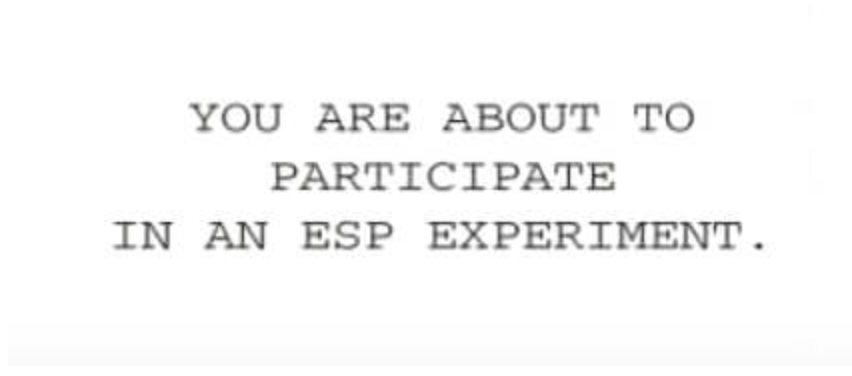
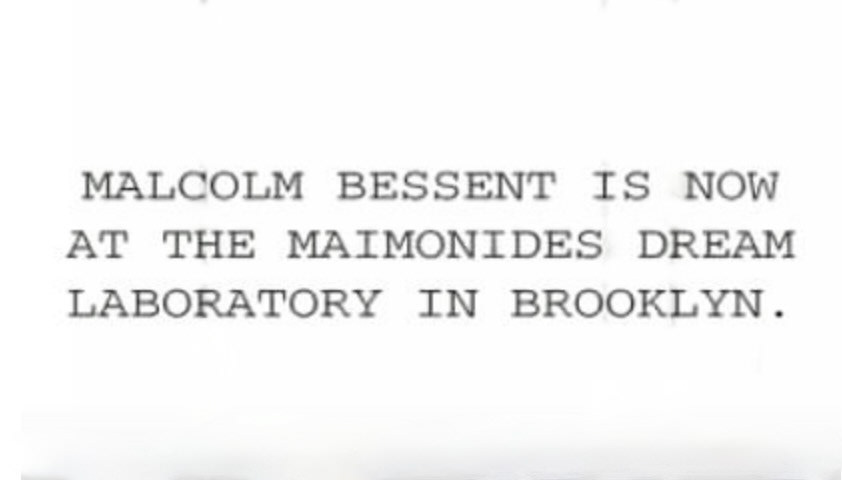
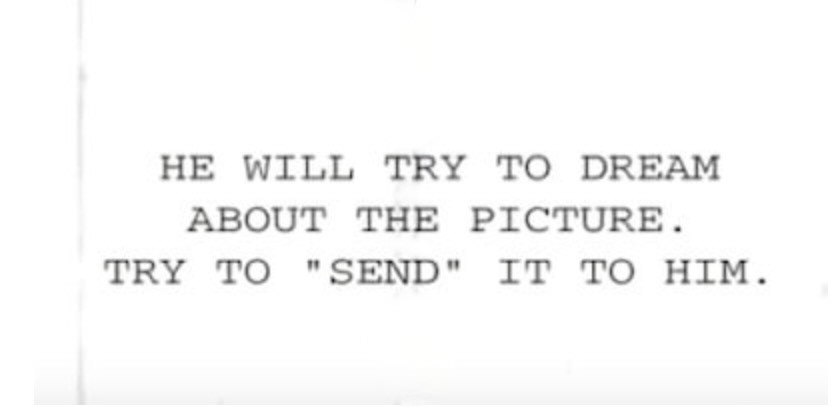
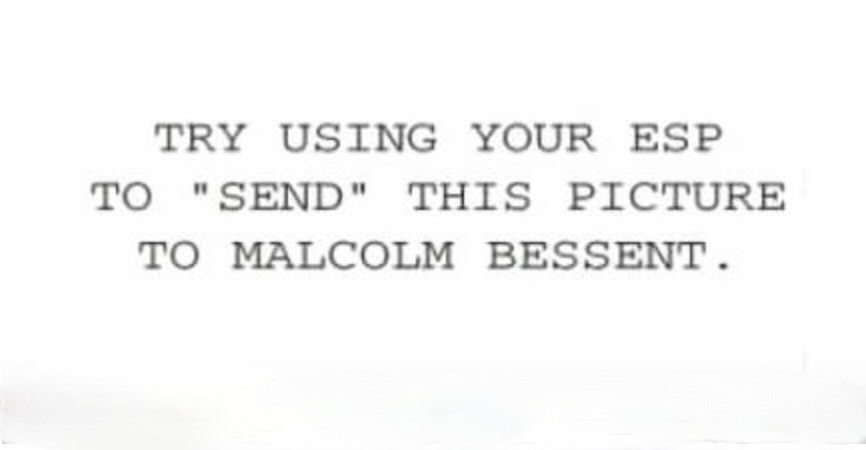
The full experiment with the Grateful Dead is described on Stanley Krippner’s website Let us know here at Dream Discovery if you try this or you have experienced telepathic dreaming: Contact. More on PSI Dreaming at Dream Discovery: PSI Dreaming.
Want to participate in a telepathy dreaming contest? For decades the International Association of the Study of Dreams has sponsored a Psi Dreaming Conference which features a dream telepathy and precognitive dreaming contest. To get involved check out the IASD annual conference:
In "Dreams & Musicians" below you'll discover how Sting, Beethoven and Keith Richards create from their dreams
Dreams & Musicians
"Man is a genius when he is dreaming.” Akira Kurosawa
Genius is often inspired from dreams including that of famous musicians like the Beatles, Sting, Peter Gabriel, Stravinsky and Beethoven.
"It was the most magic thing!" said Paul McCartney about dreaming the record breaking hit “Yesterday." As McCartney recalls, it was 1965 during the London filming of the film "Help," when he heard a classical string ensemble while he was dreaming. Paul said:
“I woke up with a lovely tune in my head. I thought, 'That's great! I wonder what it is?' I went to the piano and found the chords so I’d make sure I remembered it. Then I asked my friends, 'Do you know this? It's a good little tune but I couldn't have written it. I dreamt it.' I’d never written anything like it before…it was the most magic thing!" That tune was "Yesterday," one of the Beatles all time top hits.
And John Lennon's beautiful best-selling song “#9 Dream” was inspired by a dream. The song begins…
"So long ago. Was it in a dream, was it just a dream? Seemed so very real, it seemed so real to me...Dream, dream away. Magic in the air. Was magic in the air? I believe, yes...I believe."
Years ago in an interview, Rolling Stones Keith Richards revealed to a NPR journalist he had a habit of keeping a guitar and small tape recorder next to his bed. Keith said he did this so he could record any ideas he had from dreams before they slip away. One morning he found the tape on the recorder had mysteriously advanced to the end so he rewound it and played it back. What he heard that morning was the guitar riff for “Can't Get No Satisfaction.” Keith had no memory of waking up and recording it, yet clearly he had and millions of fans have enjoyed the results for decades. Richards:
“Songs just come to me. I wake up in the middle of the night, and I’ve dreamt half of it. I just need to pick up the guitar next to the bed, push ‘record’, and put it down. I’m not saying I write them all in my dreams—but that’s the ideal way. You don’t even have to get out of bed!”
The title of Sting's “Dream of the Blue Turtles” album, which features the hit “Set Them Free,” also came from a dream. According to Sting that dream,
"…woke me up my first night in Barbados. I dreamed I was sitting in the walled garden behind my house in Hampstead, under a lilac tree on a well manicured lawn, surrounded by beautiful rosebushes. Suddenly the bricks from the wall exploded into the garden. I turned to see the head of an enormous turtle emerging from the darkness, followed by four or five others. They were not only the size of a man, they were also blue and had an air of being immensely cool, like hepcats, insouciant and fearless! They didn't harm me but with an almost casual violence commenced to destroy my genteel English garden, digging up the lawn with their claws, chomping at the rosebushes, bulldozing the lilac tree. Total mayhem!"
A perfect example of the creative use of a nightmare is Peter Gabriel's “Red Rain." The song came from a recurring nightmare in which Gabriel was swimming in a sea of red water that was actually blood.
Gabriel explained to Mojo magazine September 2013: "I used to have extremely vivid dreams that scared the hell out of me. 'Red Rain' was written after a dream I'd had about the sea being parted by two walls. There were these glass-like figures that would screw themselves into each wall, fill up with red blood and then be lowered across the sand where they'd unload the blood…."
Loverboy's Mike Reno claimed he dreamed the musical hit “All I Ever Needed.” Reno said the entire song, melody and lyrics, came to him in a dream: “I dreamt all the lyrics and I woke up and wrote them down and hummed the melody into my tape recorder.“
Composer Max Richter's eight-hour composition "Sleep" has been performed many times to an audience tucked in for the night. While the musicians play the audience sleeps and dreams all night. Richter reveals, "What I wanted to do is provide a landscape or a musical place where people could fall asleep."
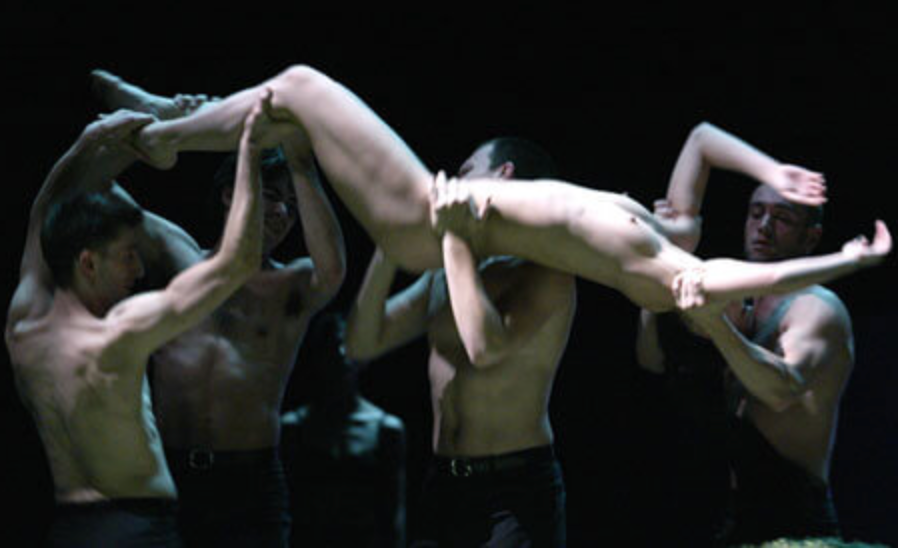
The Rite Of Spring photo from 2002 performance by Ballet Preljocaj. Photograph: Tristram Kenton for the Guardian
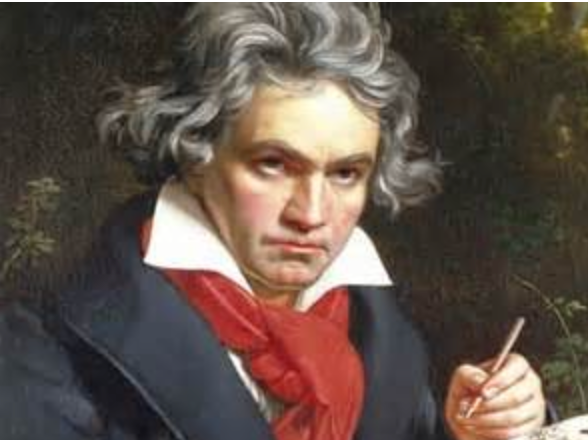
Beethoven portrait by Joseph Karl Stieler
Igor Stravinsky's “The Rite of Spring," a ballet so revolutionary it is said to have caused a riot at its premiere, came to him in a dream. Stravinsky envisioned a pagan rebirth ritual with people throwing themselves before vengeful gods. Rather than a cheerful celebration of springtime, Stravinsky's dream was of a dark and superstitious rite.
Wagner's “Tristan” was also born in a dream. Renowned for his operas, German composer Wilhelm Richard Wagner's famous "Tristan" has been described as fifty years ahead of its time. Wagner himself felt that his life’s work was most perfectly realized in “Tristan” since it came to him in a dream. He once wrote to a friend, "For once you are going to hear a dream! I dreamed all this (“Tristan”). Never could my poor head have invented such a thing purposely."
And George Frederic Handel claimed to have heard the extraordinary last movements of his famous oratorio “The Messiah” during a dream.
In 1821 Beethoven actually used the power of association to reenter a profound and important dream. During his dream Beethoven composed a most magnificent canon. But when he awoke, this masterpiece eluded his memory. Beethoven wrote this to a friend about this experience with his “O’ Tobias:"
“On my way to Vienna yesterday, sleep overtook me in my carriage. While thus slumbering I dreamt that I had gone on a far journey, to no less a place than to Syria, on to Judea, and back, and then all the way to Arabia, when at length I actually arrived at Jerusalem. The Holy City gave rise to thoughts of the Holy Books. No wonder then if the man Tobias occurred to me, which also naturally led me to think of our own little Tobias and our great Tobias. During my dream-journey, the following Canon came into my head:"
Beethoven then expressed to his friend a common frustration with the dream state: "I had hardly awoken when the canon was gone and I could not recall a single note or word of it to my mind!"
But Beethoven wisely used the power of association to reenter his profound dream experience: "Yet when on the next day I returned here, in the same carriage and continued my dream journey, though now awake, lo and behold, in accordance with the law of the association of ideas, the same canon occurred to me; now, waking, I held it fast, as once Menelaus held Proteus, and only granted it one last favour, that of allowing it to transform itself into three voices.”
From Beethoven to Lennon, these famous dreamers throughout time had the wisdom to believe it was more than just a dream. And we can thank these dreamers for believing and making it real for us too.
"In art and dream may you proceed with abandon."
Patti Smith
Dream Discovery™ All Rights Reserved
